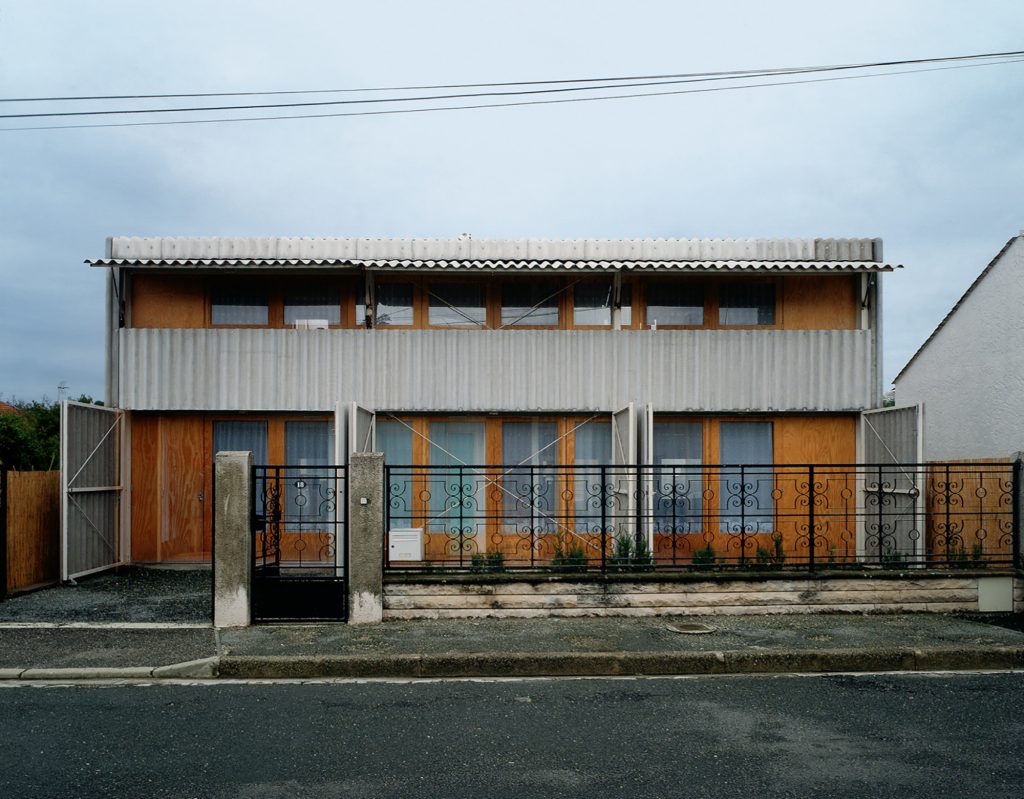“… never demolish, never remove or replace, always add, transform and reuse…”
.
There are real, if belated, moves to reducing the carbon footprint of our buildings:
Housebuilding and ‘net-zero carbon’ targets – Vision Group for Sidmouth
With a real push for more happening.
The Out-law blog looks at how the industry is taking things further:
Though some legislation has already been passed to achieve greenhouse gas (GHG) emission reductions in the real estate sector, some measures have been short-lived while others do not go far enough. This has led industry to impose some standards of its own to accelerate the journey towards ‘net zero’.
The legal drivers for net zero carbon real estate
And how it is looking at the whole design and construction process:
There needs to be a concerted effort across the construction industry to change how developments are designed, and a focus on the whole life cycle of a building during procurement, on the materials that are used and re-used and on new methods of construction. This change is necessitated by the fact buildings are the second largest source of greenhouse gas emissions after transport in the UK and the increasing legislative requirements aimed at achieving ‘net zero’ emissions.
The role of procurement and construction in ‘net zero’ real estate
The Architects’ Journal looks at how building regs need to be strengthened:
No matter how well-intentioned and skilled the designer, how innovative the builder, or how enthusiastic the client, a project will regress back to business as usual if just one member of the value chain isn’t on board. Those wanting to go low-carbon are still concerned that they’ll be undercut by greenwashing competitors. Investors under pressure to deliver a quick return still associate larger column spacings with larger profits. And defaulting to standard construction materials is still quicker and easier than trying to convince insurers to let you break the mould. So, if we are going to ensure that every member of the value chain starts to work together to drive down emissions, then we need legal limits on emissions embedded into regulation and applicable on every project. We need Part Z. Part Z is a proposed amendment to the Building Regulations, drafted by industry sustainability experts, that introduces the requirement to assess whole-life carbon and limit embodied carbon emissions.
To drive down carbon emissions on every project, we need to change the Building Regs
The property and construction industries are worried about increased costs – but there is real interest in the potentials:
“Refurbishment is a vital tool in real estate’s race to net zero. With the retention of structures, careful selection of new materials and modern construction techniques the embodied carbon of a refurbishment project could represent a 50% saving compared to a new build,” James Pay, head of sustainability at Colliers, said in a statement. When speaking with CNBC, Pay said occupants are open to refurbishment options instead of a premium new building.
10% London offices at risk of becoming obsolete under new energy rules
And one of the most interesting potentials is indeed refurbishment:
RetroFirst: “the greenest building is the one that already exists” – Vision Group for Sidmouth
Today’s Arch Daily looks at prize-winning architects who are proving very inspiring:
The choice of Lacaton & Vassal to receive the 2021 Pritzker Prize was, above all, emblematic. Under the mantra “never demolish, never remove or replace, always add, transform and reuse”, the French duo built a career focused on renovating buildings, providing them with spatial quality, efficiency and new programs. Their approach contrasts with most of the architecture we are used to honoring: iconic, imposing and grandiose works. It also contrasts with the notion of the tabula rasa, of building and rebuilding from scratch, so well represented in Le Corbusier’s Ville Radieuse, and which has fascinated architects and urban planners ever since.

Whether because of the sustainability demands currently in vogue, or simply because there are already enough buildings around the world, the task of rehabilitating spaces and buildings has been seen as an important driver of change. The focus is generally to center efforts on interior spaces, paying special attention to the environmental quality and comfort of the inhabitants, in addition to adapting the uses to contemporary demands. The main question revolves around how to update (and even automate) the buildings of the past to adapt to new needs for efficiency, sustainability and well-being...
Will Refurbishment be the Architectural Specialization of the Future? | ArchDaily
As pointed out by Oliver Wainwright earlier in the year:
When Lacaton & Vassal were commissioned to redesign a public square in Bordeaux, their response was unusual. The French architects told the client to leave it alone. They thought the square was perfectly good as it was, and that public money would be better spent elsewhere.
“When you go to the doctor,” said Jean-Philippe Vassal, “they might tell you that you’re fine, that you don’t need any medicine. Architecture should be the same. If you take time to observe, and look very precisely, sometimes the answer is to do nothing.” In Bordeaux, the architects’ diagnosis was that the square just needed some new gravel.
Vassal and his partner, Anne Lacaton, have built a 30-year career on knowing how to intervene with the most economical of means, for which they have now been recognised with the Pritzker prize, architecture’s highest honour. In an age of demolishing public housing and replacing it with shiny new carbon-hungry developments in the name of “regeneration”, Lacaton & Vassal have worked tirelessly to expand and upgrade existing buildings with surgical precision, transforming the lives of thousands of people in the process.
photo: Maison Latapie by Lacaton & Vassal (380AR) — Atlas of Places (1993)
.